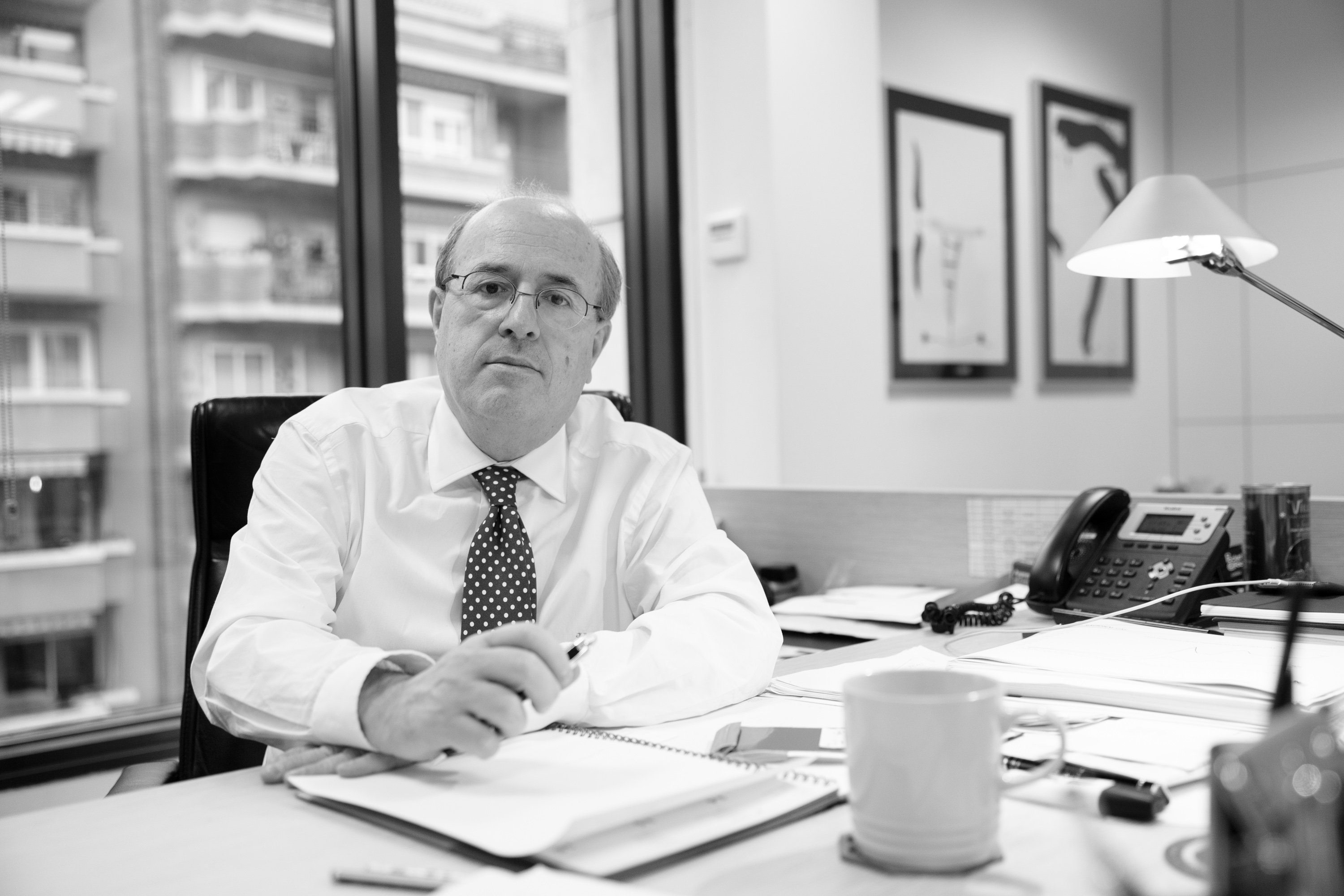Among the many readings that can be taken from the acquittal of the chief of Catalonia's Mossos d'Esquadra police, Josep Lluís Trapero, there is one that in my opinion is the most significant: it destroys all the judicial architecture constructed ad personam against the pro-independence leaders and which had its fullest expression in the Supreme Court trial and guilty verdicts with a hundred years in prison sentences dished out by the court. The Mossos police were and are a cornerstone of the whole case and hence the charges against their top official and the Catalan interior ministry, accusations which at one point even consisted of membership of a criminal organization and rebellion. In fact, in the three years that the court procedure has lasted, the accusations formulated have evolved as follows: sedition, criminal organization, rebellion, sedition again, disobedience and... acquittal.
Why was the conviction of the top police officials so important for judge Carmen Lamela, the first investigating judge in the case, later promoted to the Supreme Court? In essence, because it was a central pillar on which the whole rebellion charge rested: the assertion that the Mossos had been in the service of the October 1st referendum and, thus, had abandoned their duties and become simply an extension of political power. And this is, in short, what the criminal chamber of the National Audience has dismantled and done so with observations that cannot have been at all pleasing to, in particular, two key figures in the general case against Catalan independence: colonel Diego Pérez de los Cobos - coordinator of the police operation on referendum day - and lieutenant colonel Daniel Baena - head of the judicial investigation unit of the Civil Guard in Catalonia and allegedly behind the Twitter profile Tacitus. Also, by extension, to the broader leadership of the Civil Guard.
The sentence is worth reading several times because it contains paragraphs and comments which are devastating and which, for the first time, respond to what any impartial observer could see at the trial, which was nothing but a smokescreen with nothing behind it. This is what the sentencing court is saying to Daniel Baena when it states that the lieutenant colonel proved almost nothing of what he testified or that the court considered the accusations of Pérez de los Cobos to be weak.
It is a slap in the face for judge Lamela as it discredits her investigation and in this general review, the public prosecutors, who demanded eleven years' prison, come out badly too. It is also worth remembering that it was judge Lamela who kept the former president of Futbol Club Barcelona, Sandro Rosell, in prison for 643 days, only for him to be acquitted, and that she was the judge who sent the Jordis and members of the Catalan government to pre-trial prison, where almost all of them remained, to be convicted around two years later by the Supreme Court.
It is expected that in the coming days former Catalan interior minister Joaquim Forn will initiate a request to be released because, in his case, the sentence was for sedition only, not for misuse of public funds, since the three months that he was in the post did not give time for a case to be mounted in relation to this latter offence.
If Trapero has been acquitted because the Mossos were not put at the service of the October 1st referendum and the independence process and an accusation of this cannot be proven, as the National Audience sustains, then Forn, who had no direct authority over the Catalan police body cannot be convicted for putting them at the service of the independence process and the 1st October referendum. You can't have it both ways - it has to be one or the other.
Supreme Court judge Manuel Marchena has a serious problem and we will see how he resolves it, if it is not first resolved by the appeals chamber of the National Audience once the prosecution presents its own appeal, as it will surely do. And all this, without yet raising the matter of the testimonies of De los Cobos and Baena: if they were fantasy stories in this trial, they must have been the same in the Supreme Court. And then what?

